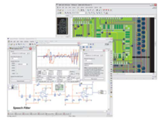| Master Class | Description | Cost, rubles | ||
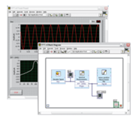 |
with LabVIEW Programming Fundamentals | This practical master class is designed for beginners in the LabVIEW environment who want to understand the principle of developing applications in this powerful programming environment in 4 hours, to learn how to work with cycles, arrays, clusters. LabVIEW differences from C language are considered. |
Free options (up to 2016 of the year) |
|
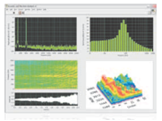 |
LabVIEW and the spectral analysis of signals (operation with sound and vibration) | Using the LabVIEW programming environment, you can quickly and easily create various applications for comprehensive analysis of measured data. LabVIEW has built-in data analysis functions, such as RMS calculation, peak registration, harmonic analysis, filtering, and frequency analysis functions. In this master class, we will develop an application in which we will collect a sinusoidal signal using a data acquisition device, use the functions to calculate the spectral power of the measured signal using a fast Fourier transform (FFT) and plot the frequency spectrum. | 4000 | |
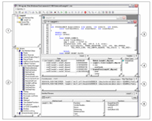 |
LabWindows / CVI Introductory Course | Master class "Introduction to the LabWindows / CVI" is a practical lesson on the basics of programming in LabWindows / CVI environment (programming language), and, above all, intended for novice users. For best results, it is desirable (but not necessarily) have experience with operating systems DOS, Microsoft Windows, as well as the programming language C. | 2000 | |
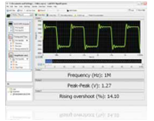 |
Fundamentals of measurement and data collection in SignalExpress | This workshop is designed to familiarize with the environment that is designed to SignalExpress interactive measurement. We discuss the main features SignalExpress, which allow you to enter information into the computer (or PXI system) and to analyze the signals. Workshop helps get primary skills SignalExpress. You will learn how to run projects, configure steps to operate with signals, measurements with the parameters of the restructuring, as well as empower SignalExpress environment using LabVIEW. | 2000 | |
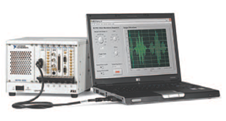 |
The collection, analysis and presentation of signals in LabVIEW using the DAQ-multifunction devices | In this master class, we will learn how to use the DAQ-multifunction devices (card type USB-6009, USB-DAQ, Wi-Fi DAQ, etc.) to register a simple analog periodic signals with subsequent analysis of signal parameters (frequency, amplitude, harmonic composition). Let us learn in the same measurements to maintain your computer in text format or as an Excel spreadsheet. | 4000 | |
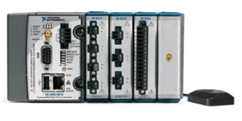 |
Creating Applications for NI CompactRIO in LabVIEW | As part of this master class is considered an example of application development for CompactRIO with LabVIEW. As an example, using CompactRIO reconfigurable embedded system (Reconfigurable Embedded System) to create a simple thermostat. During the development of this application at the master class you will learn the basic principles and methods of programming with LabVIEW for CompactRIO platform | 4000 | |
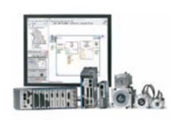 |
Stepper motor control with LabVIEW and CompactDAQ devices. | A stepper motor is probably one of the most popular and cheap devices for creating motion. It is widely used in printers, scanners, robots, for scientific experiments, when prototyping electronics, in automation. In this master class, we will learn how to create a simple and reliable stepper motor control system using LabVIEW, a DAQ device, a digital input / output module, and a stepper motor driver. | 4000 | |
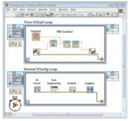 |
NI LabVIEW and CompactRIO Platform: Application Development in SCAN-mode | In this master class we will study CompactRIO type of device - a powerful controller for data collection from sensors, their high-speed analysis and reporting. We develop an application that works in Scan-mode - mode when not in use FPGA. This allows beginners to experts in the cRIO to develop powerful applications, avoiding all the application development complexity for FPGA. | 4000 | |
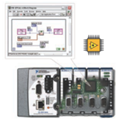 |
NI LabVIEW FPGA and CompactRIO Platform FPGA Application Development | In this master class, we will look at the features of developing applications for FPGAs on CompactRIO and PXI devices. The use of FPGA allows you to create applications for high-speed data collection and analysis, allows you to develop applications that require parallel synchronized data processing, or interaction with devices at the lowest level, development of protocols. | 6000 | |
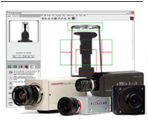 |
The use of NI Vision Builder AI environment for automated optical inspection | 4000 | ||
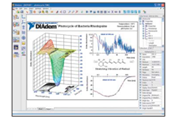 |
NI DIAdem ™ Wednesday Data processing and analysis, report generation. | DIAdem - is an interactive software environment National Instruments, which is designed for data retrieval and management, mathematical and graphical data processing, as well as their representation in the form of reports. | 4000 | |
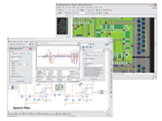 |
Introduction to Multisim | 4000 | ||
|
|
Introduction to UltiBoard | 4000 | ||
|
Pitfalls when depositing CLAD exam
|
2000 | |||
|
Preparing for the CLD certification
|
4000 |


